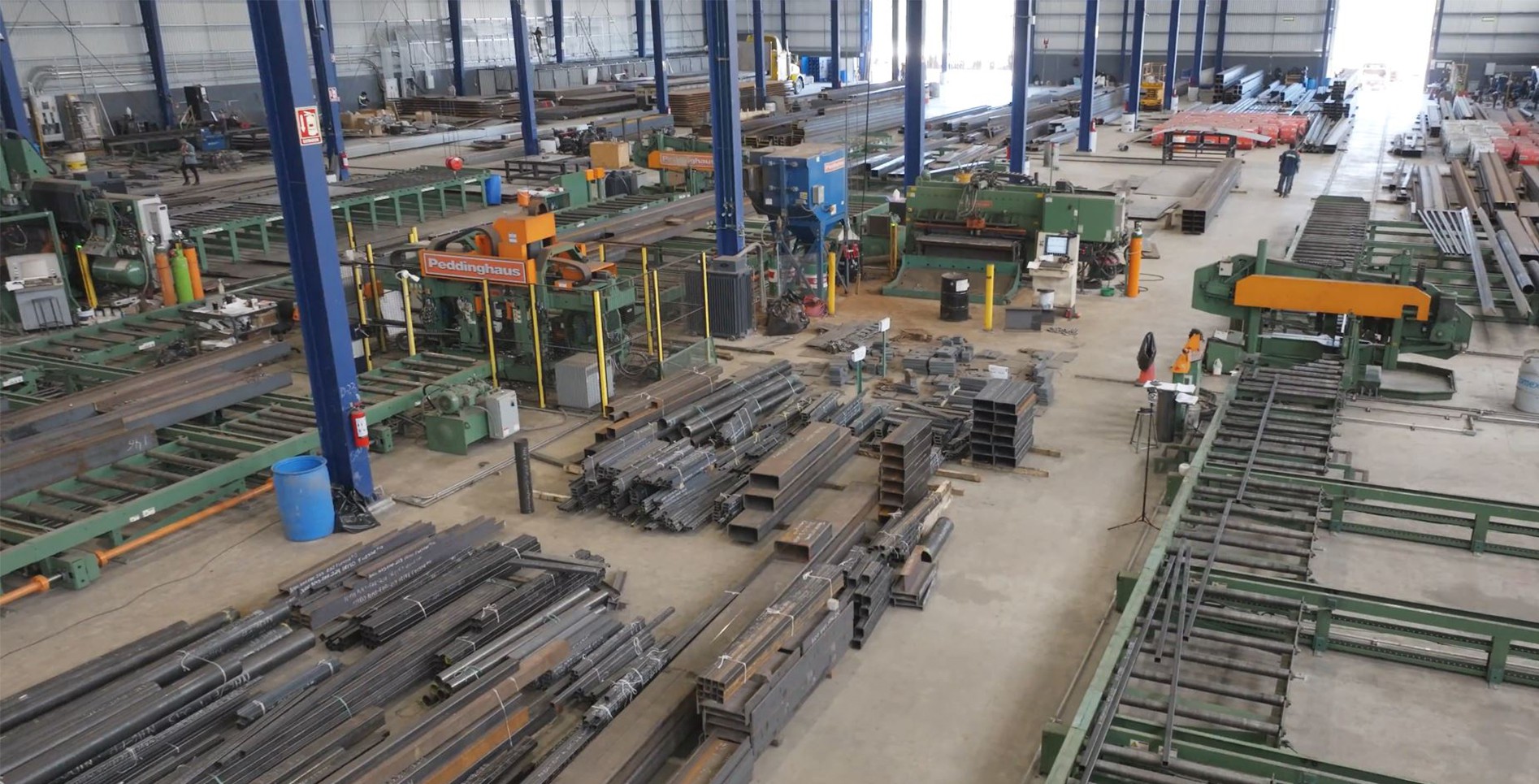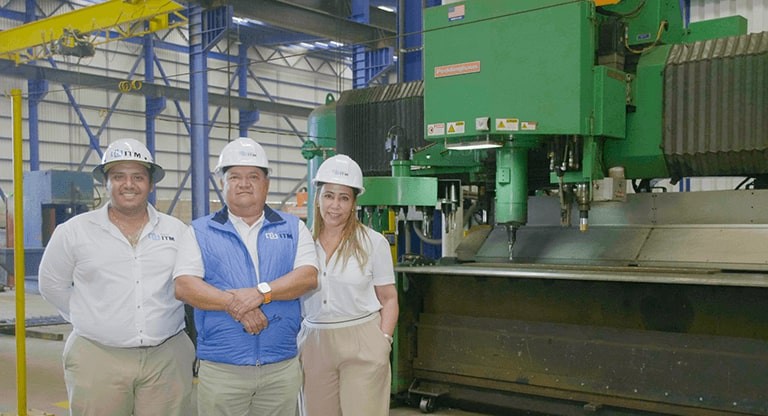Getting Back to Reality
PeddiNews: John Cross Update


The election is over (there is a difference of opinion on what that means). The number of political advertisements has dropped dramatically (unless you live in Georgia). The pandemic is accelerating (or burning itself out). Two vaccines have shown greater than 90% effectiveness (it will be months before they slow down the pandemic).
Putting all of that aside, what do we know for certain?
- Based on their accuracy, pollsters should look for a new line of employment maybe as economists or weather forecasters
- The US is incredibly divided with more votes being cast for the losing candidate for President than were cast for all candidates in the 1968 Presidential election
- The election results did not provide any candidate a mandate to govern
- The signposts for recovery are trending in a positive direction
- The decline in construction starts has not been as severe as some have predicted
- The pandemic, economy, climate change, healthcare, immigration, and infrastructure are all interrelated issues that will dominate the political dialogue and impact construction activity
The monthly increase in employment is slowing (June 4.8 million jobs, July 1.7 million, August 1.4 million, September 0.8 million, October 0.6 million) and total employment is still 10.1 million below February of 2020. Some observers have opined that the decrease in job growth is a function of a second spike in COVID-19 cases. It is more likely that the slowing job growth rate is a function of the long-term effects of a recessionary economy that were initially masked by the rapid shutdown and reopening of the economy. It should be remembered that during the pre-recession period of moderate economic growth, employment grew by an average of 200,000 jobs per month.
At the same time, the seasonally adjusted unemployment rate has dropped from a high of 14.7% to 6.9%. How is that possible? Unemployment (U3) is measured by the number of people working divided by the labor force. The labor force is the number of people working plus the number of people looking for work. Since July the labor force has decreased by 3.6 million people as a result of unemployed people no longer seeking to return to the workforce. There are several reasons for the decrease including long-term health issues resulting from the pandemic, child or elder care demands and a temporary increase in unemployment benefits. For the construction economy, it is critical to recognize that the demand for new buildings is driven by an increase in the number of people working, not a decrease in the unemployment rate.
Recent construction starts data point to lower levels of construction activity but does contain some good news. At the start of the recession the Dodge Momentum Index was expected to fall by 20 to 25 percent. In actuality, it only dipped 15% and has now recovered to a level only 7% below the previous high. The October Architectural Billing Index was reported to be 47.5. While still below the neutral growth measure of 50, it does show the dip in architectural billings flattening out in anticipation of a rebound.
The North American Industrial Project Spending Index published by Industrial Info Resources documents a decrease in industrial project activity of 17% on a year-over-year basis. While certainly not happy news, the fact is that this is better than initial predictions of the impact of the recession on industrial projects. Clearly investors in commercial projects have become more careful with their investment decisions but have not pulled their money off the table.
It is starting to become clear that the impact of the COVID-19 recession on construction will be less than the impact of the Great Recession in 2009 and 2010 where construction starts dropped over 50%. The drop in construction starts measured on a square foot basis during 2020 will be about 20%. Unlike the Great Recession where the bottom fell out of just about all project types, growth continues in 2020 in warehouse construction which is now the single largest project category.
While the strong spike in single family residential new home construction and sales of existing single family homes does not directly benefit non-residential construction totals, there is increasing evidence that activity in the retail office, education and healthcare sectors will be helped by this activity. Growth in non-residential construction activity in nearly all prior recessions has been driven by growth in the single family market with the exception being the Great Recession in which industrial took the lead. As single family residential grows, suburban areas expand creating demand for new services. In the current climate of depressed small store retail activity including restaurants, the only significant retail growth will be large box stores (Walmart, COSTCO, Target), grocery stores (Publix, Aldi) and discount outlets (Dollar General, Dollar Tree) in suburban locations.
The increase in demand for single family construction and renovation projects can be seen in the pricing of construction materials with softwood lumber prices spiking over the past several months, while steel and concrete prices have remained relatively stable.
So let’s put the last several months of political overload and confusing claims behind us, start to focus on the reality that we have hit the bottom of the construction recession, and get prepared for the slow climb out of the trough.
John Cross, PE has tracked construction activity for 20 years. Until his retirement in 2018 he served as Vice President of Market Development for the American Institute of Steel Construction (AISC) and authored a regular column on the impact that economic trends have on the structural steel market for Modern Steel Construction magazine. He can be reached via email at crosswind.consult@gmail.com.
Enter Today for a Chance to Win FREE Machinery
Gift cards and other Peddinghaus merchandise included

46331 mobile
TO
46331
WINNER
Normal text message rates apply. Text “STOP” to opt out. Text “HELP” for help. Up to 3 msgs / month. Terms https://www.peddinghaus.com/terms/1










